
We introduce the food that you can enjoy only in Jeju.
-
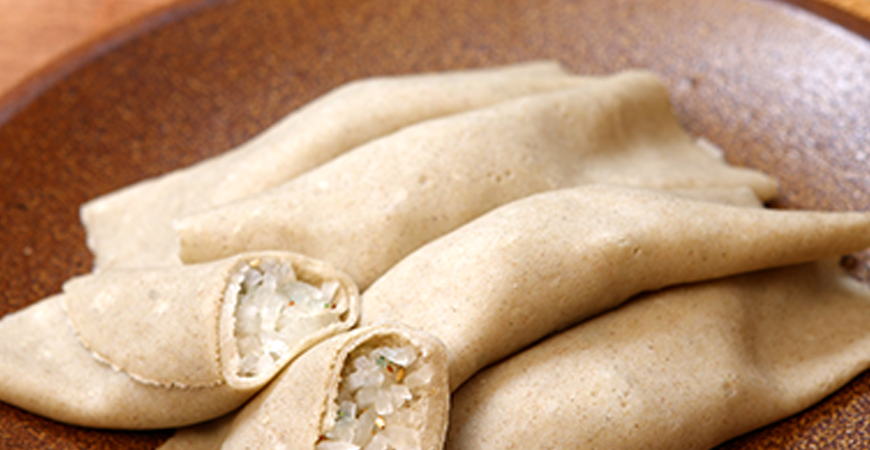 Buckwheat cake stuffed with sliced radish(Bing-tteok)
Buckwheat cake stuffed with sliced radish(Bing-tteok)
It is a local rice cake of Jeju made by kneading buckwheat flour thinly, frying it in a pan, dicing and blanching radish, seasoning it with stuffing, and rolling it into a thick shape. It got its name as it was made by turning it round and round. It is a delicacy of Jeju that has a unique taste with a light, plain and cool taste.
-
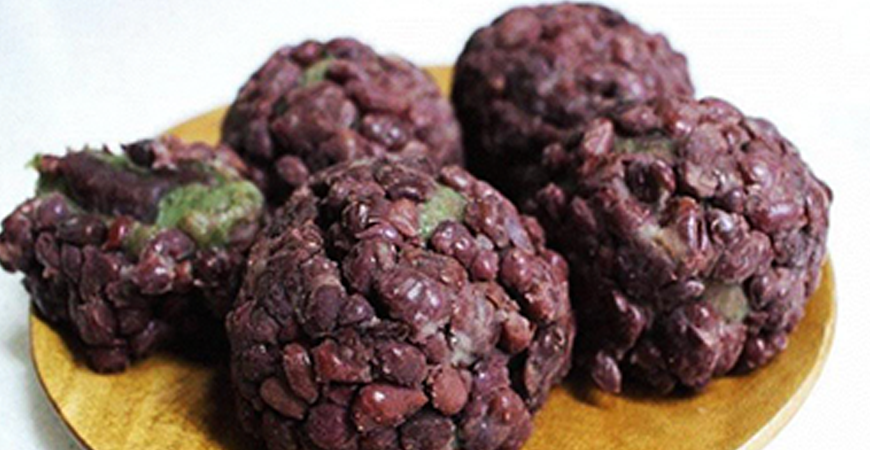 Omegi Rice Cake(Omegi Tteok)
Omegi Rice Cake(Omegi Tteok)
It is a local food of Jeju where perilla powder is made into a round shape. A hole is made in the middle like a donut, and then is dipped in soybean powder or red bean paste. In the modern times, mugwort was added to make the dough greenish, and red bean paste was added to change it into a round-shaped rice cake.
-
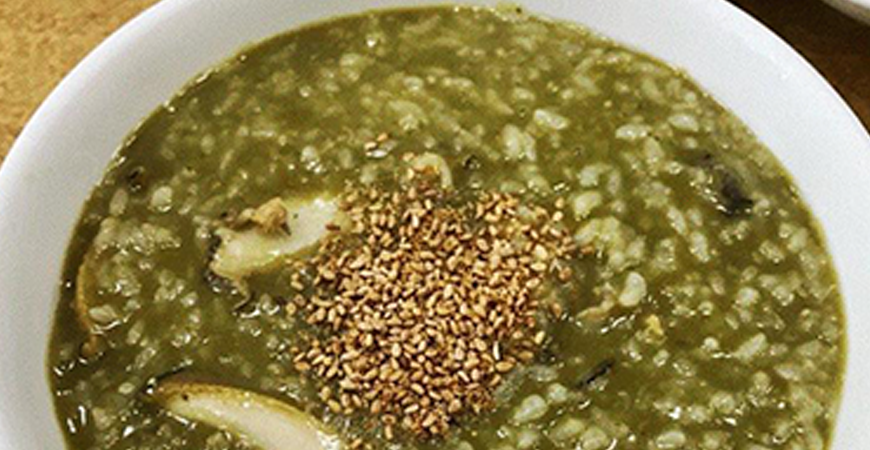 Abalone Porridge(Jeonbokjuk)
Abalone Porridge(Jeonbokjuk)
Thinly sliced abalone, soaked with rice, and the intestines are put together with porridge, giving it a mung bean color and a fragrant aroma. Abalone has been famous as the gift for the royal family of Jeju since ancient times, and it tastes best from August to October.
-
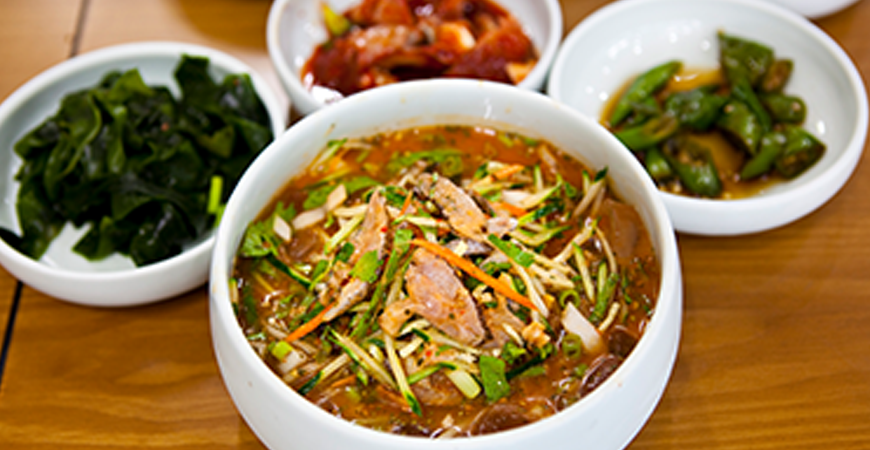 Cold Raw Damselfish Soup(Jari Mulhoe)
Cold Raw Damselfish Soup(Jari Mulhoe)
It is a local food of Jeju that is eaten with water sashimi with various vegetables in jari dome(damselfish). ‘Jari dome’ is a small, black bream type of fish that is produced only in Jeju and is caught from May to August.
-
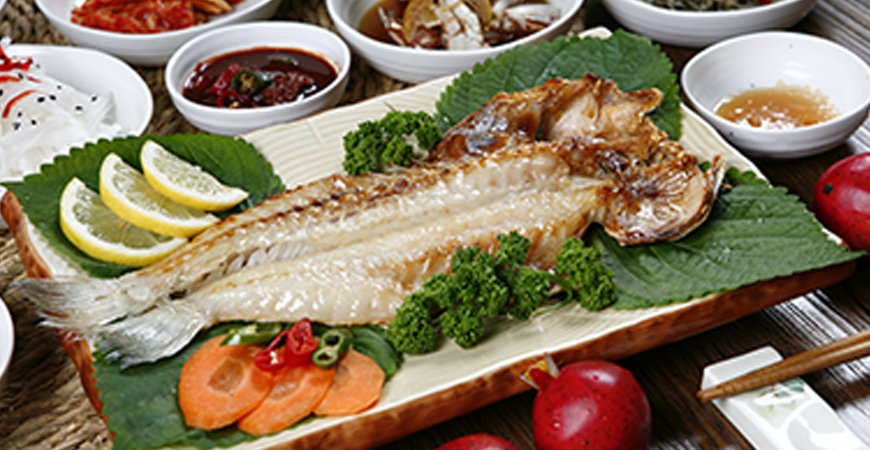 Roasted Tilefish(Roasted Okdome)
Roasted Tilefish(Roasted Okdome)
It is a local food of Jeju Island that is made by cutting the belly of tilefish(okdome), sprinkled with salt and dried, grilled over charcoal. Okdome is a high-quality fish caught in the clean waters of Jeju. Okdome has been served as the gift for royal family since the Joseon Dynasty, and has an excellent taste.
-
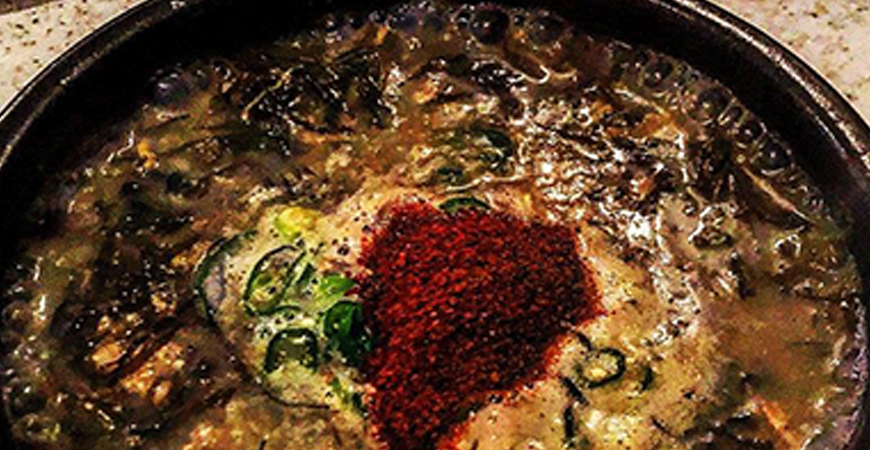 Gulfweed Soup(Momguk)
Gulfweed Soup(Momguk)
It is a soup made with boiled pork in broth. The word ‘mom‘ is a Jeju dialect meaning ‘mojaban’. It is an event-exclusive food where rare pork meat can be shared generously without missing out on family events such as weddings and ceremonies.
-
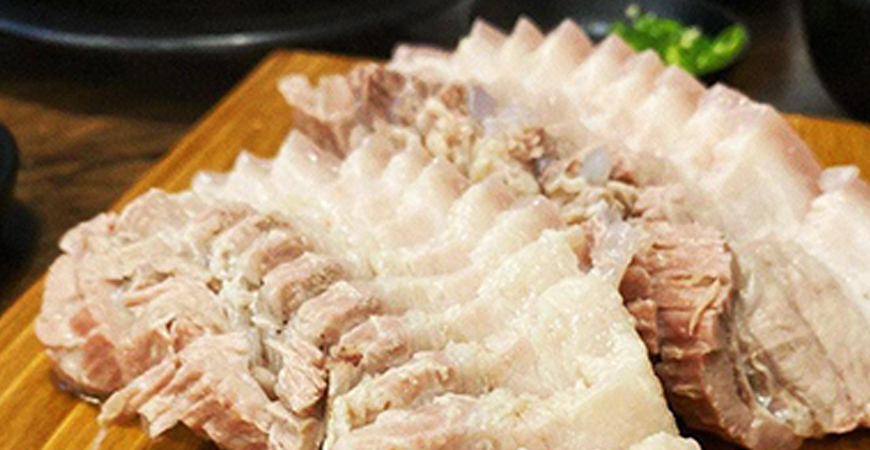 Dombe Meat
Dombe Meat
‘Dombe’ is a Jeju dialect meaning ‘cutting board’. The meat is usually used as black pork in Jeju. It is low in oil and has a savory taste.
-
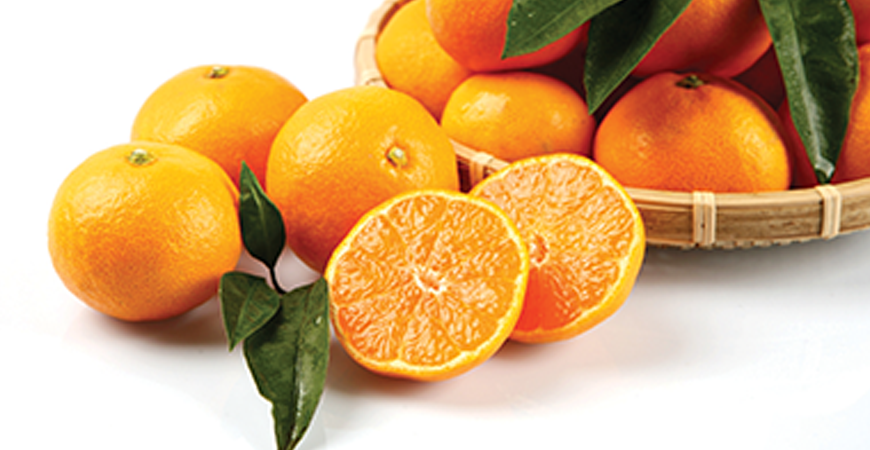 Jeju Tangerine(Gamgyul)
Jeju Tangerine(Gamgyul)
Jeju tangerines, which were dedicated to the royal court, and tangerines growing in Seogwipo, the southern part of Jeju, are known to be particularly delicious due to the favorable climatic conditions. Recently, improved varieties such as Hallabong, Cheonhyehyang and Red Hyang have been produced under facility-protected cultivation, and they are very famous as Jeju specialties.
Photo by Photo by Lee Beomsu-KTO -
 Abalone Kimbap
Abalone Kimbap
Abalone Kimbap is distinct food you can enjoy in Jeju as the internal abalone meets well-cooked rice and egg garnish, giving a unique sea-like flavor. It goes well with sweet and sour tasting seasoned squid.
-
 Bomal kalguksu (Noodle Soup with Top Shells)
Bomal kalguksu (Noodle Soup with Top Shells)
Bomal kalguksu is traditional Jeju noodle dish coming with bomal. Bomal is a Jeju dialect of gastropods and you can enjoy the best taste of Bomal during summer time. In Jeju Island, people put gastropods to soup or porridge and its clean and plain taste is what makes Bomal unique.
Photo by (Lee Beonsu)-KTO -
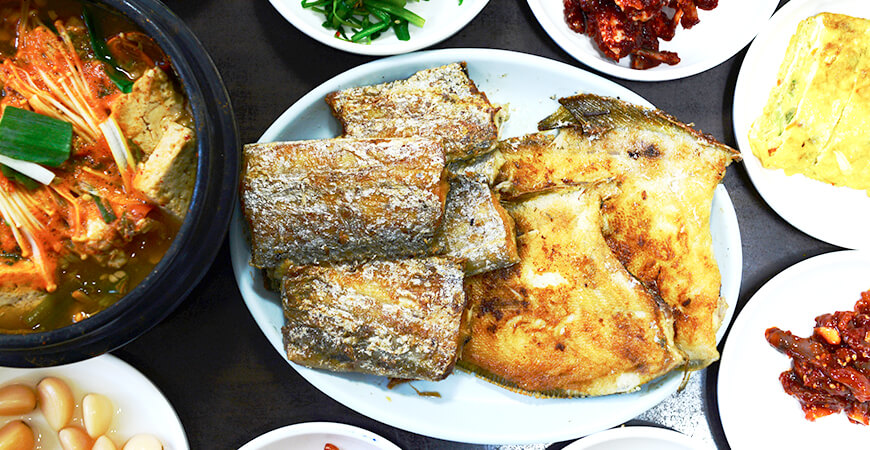 Grilled Galchi (Cutlass Fish)
Grilled Galchi (Cutlass Fish)
Jeju Galchi is usually cooked in grill and boiling and comes with a lot of flesh so you can enjoy as raw fish as well. Galchi rich in vitamin and essential amino acid is good for regaining stamina and appetite. Its abundant calcium helps kids grow and adults stay away from developing osteoporosis.
Photo by (IR Studio)-KTO -
 Black Pork
Black Pork
Black Pork of Jeju is rich in flavor and nutrients, especially good for child's growth and nutritious meal for exam-takers. Black Pork give abundantly juicy flavor with snow flake-like marbling just like Korean indigenous cows. Its fat is sturdy and delicious, so the more you chew, the more flavor you can enjoy.
Photo by (Alex Bundo)-KTO -
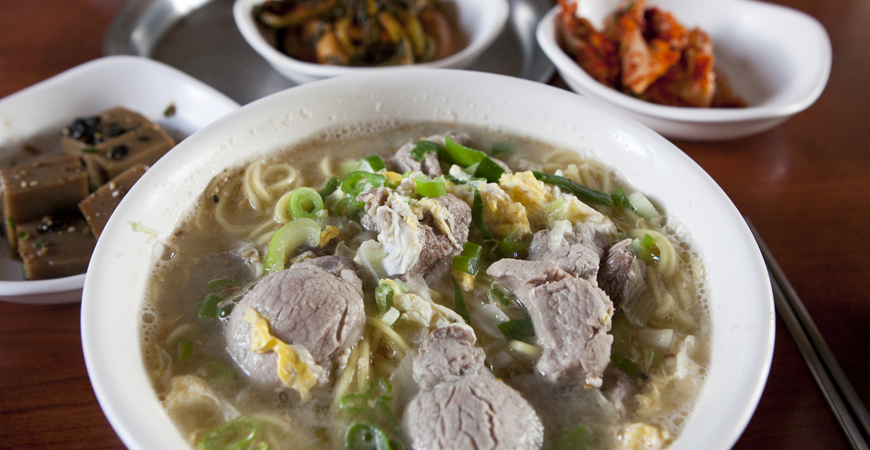 Meat Noodle(Gogiguksu)
Meat Noodle(Gogiguksu)
Compared to the food on land, the local food of Jeju Island where people had difficulty traveling to and from other regions retains the unique characteristics and atmosphere of the region. Among them, Gogi-guksu, which was enjoyed on the day of a village feast or a big event, encapsulates the life and culture of Jeju, drawing attention from visitors to Jeju.
Photo by Lee Beomsu-KTO





